Last Updated on July 31, 2021
Ink & Pixel is a source of pride and joy for me as a writer and as such, I'm always striving to take this column further for those who read and enjoy it. In an effort to widen the reach of our continuously growing fan-base, Ink & Pixel has broadened its horizons with the inclusion of films from the Horror, Sci-Fi, Action-Adventure, and Fantasy genres. Additionally, if you yourself, or anyone you know, helped to make any of the amazing feature films found within this column, I would love to talk to you to further my knowledge. Please contact me at [email protected] so we can discuss it further.

In my years working for Joblo.com, I've had a number of people question me about how I first became interested in becoming a writer. Without question, I have to first give credit to my 7th grade English teacher, Mr. John Newcombe. This tall, Stephen King-with-a-gnarly-beard of a man recognized my potential, and in his spare time, created special assignments for me that would serve to push the boundaries of my growing talent. He also urged me to venture outside of the assigned reading so that I might discover voices in the industry that I could identify with. In my search I found creators like Bill Watterson, Roald Dahl, Stephen King, Clive Barker, and eventually, R.L. Stine.

While King's rich character design and atmospheric locales taught me valuable lessons pertaining to dialogue and setting, it was Stine's Goosebumps and Fear Street series that introduced me to a writer without limits. While Goosebumps fed my overactive imagination for things that go bump in the night, it was the Fear Street books that educated me about how to craft horror scenarios for an audience that was (at that time) a few years my senior. The late 80s and early 90s were indeed a fine time to be an aspiring horror writer, and I will forever be grateful for writers like Stine, who inadvertently inspired and helped shape my twisted ideas at that tender time of self-discovery.

Trips down Memory Lane and Hallmark thank-yous aside, let's get to the good stuff! Today's Ink & Pixel is all about director Rob Letterman's GOOSEBUMPS. Serendipitously unleashed onto the big screen in October of 2015 (just in time for a bit of family-friendly Halloween fun), this delightful and devilishly clever flick was produced by Deborah Forte and Neal H. Moritz with a screenplay by Darren Lemke. With distribution by Columbia Pictures, GOOSEBUMPS was the product of several years spent experimenting with how best to approach an adaptation of Stine's New York Times Best Selling horror series for a major motion picture.

Letterman's GOOSEBUMPS film tells the story of Zach Cooper (Dylan Minnette), who after moving to the town of Madison, Delaware, discovers that he now lives next to an enchanting young woman named Hannah (Odeya Rush) and her curmudgeonly father, Mr. Shivers (Jack Black). One evening, after overhearing an argument and series of strange noises emanating from the Shivers home, Zach calls the cops to investigate the disturbance. After the local fuzz finds nothing amiss, Zach tricks an irritated Mr. Shivers into taking a trip downtown – leaving Zach and his new-found schoolmate, Champ (Ryan Lee), to check in on Hannah.

While searching the house for Hannah's whereabouts, Zach and Champ discover a large bookshelf containing a collection of ominous-looking manuscripts. It doesn't take long before Zach and Champ discover that crabby old Mr. Shivers is indeed the New York Times Best Selling author, R.L. Stine. Mystified by the strange turn of events, Zach motions to unlock one of the many manuscripts, when suddenly, Hannah comes barging in with words of caution about his actions. Startled by her harried entrance, Zach drops the book, thereby unleashing the magic inside its pages … along with The Abominable Snowman of Pasadena! Chaos ensues, and before long, each and every horror Stine has ever penned is unleashed upon the rural streets of Madison County. Now it's up to Zach, Champ, Hannah, and a perturbed R.L. Stine, to discover a way to put all the creatures back where they belong before they can take over the world!

Now, some of you might be saying to yourself, “Bah! There were 62 Goosebumps book titles published from 1992 to 1997 alone! It should be easy to simply pick one out of a hat, film it, and get this young adult horror money-making-machine a chuggin'!” Heh. While I admire the forthrightness of your thinking, it's a bit more complicated than that.

You see, when choosing how best to adapt the Goosebumps brand, one must consider the pitfalls that come with introducing a mere corner of its universe as opposed to the whole kit and kaboodle. As the filmmaker of a potentially lucrative and on-going franchise, do you hedge your bets on a singular flick featuring kids looking to vanquish a creature that dwells beneath the basement stairs, or perhaps go all in and create a monster mash of an experience that showcases baddies from multiple angles of the nightmare spectrum? As a long-standing fan of the franchise, I thought it was awesome to witness over 50 familiar foes of the Goosebumps book series slithered their way into Letterman's adaptation – from Slappy the Living Ventriloquist Dummy to the Werewolf of Fever Swamp and much more!

When filming the movie, the GOOSEBUMPS crew scouted and set up camp in various locations throughout downtown Madison, Georgia. Now, because the events of the film stretch beyond that of Stine's fictional home, special effects were utilized to create CGI stand-ins for story-sensitive locations. Case in point, the scenes in which Stine's monstrous creations are rampaging through the downtown area, were filmed using both practical and CGI effects. In an effort to make certain that the CGI locale was as true-to-life as possible, members of the crew used a theodolite – a device often used in construction that measures and records angles, and both the vertical and horizontal planes of a specific body of land – to re-create the area brick-by-brick. With the buildings, streets, and iconic monuments safely re-created in a 3D space, the effects team were free to allow the monsters to wreak havoc to any degree they pleased. It's a good thing, too. I mean, there's no way you can allow a 50-foot-tall praying mantis to run rampant without incurring one hell of a property damage bill.

One of my favorite aspects of the effects in GOOSEBUMPS, is that much of what you see onscreen was created using practical effects such as makeup and applied prosthetics, Over 50 abominations originating from Stine's novels can be found throughout the film, such as: killer clowns, the living mummy, mermaids, mutants, haunted masks, and more! Though there's one particular foe found in Stine's catalog of creepy that deserves some special attention this article. Of course, I'm talking about Slappy (voiced by Jack Black), who made his first appearance in R.L.'s Goosebumps: Night of the Living Dummy.

Would you believe that in the early stages of Slappy's development (for the film) he sported a bit of an Emo look? I'm not kidding, he kind of looked like Gerard Way of My Chemical Romance. Thankfully, the puppeteers decided against updating his look, and instead fashioned a design that's more akin to the Slappy we've come to know and fear from the Goosebump book covers. The dummy built for the film was designed like any other, though there were a few exceptions.

The process began with a clay mold of Slappy's neck and head. Now that that the team had some visual reference material, it was time to fashion the character's body and head from both wood and varying plastics. Next, spherical painted glass eyeballs were inserted into the puppet's head, though occasions did arise when CGI pupils were implemented in an effort to make the character appear more expressive. Once Slappy was assembled and dressed, Avery Lee Jones (puppeteer) would slip himself into a green screen body suit, and begin manipulating the dummy throughout the filming process.

By the time GOOSEBUMPS had finished delighting parents and making sure kids left theaters wearing their brown pants, the film had managed a worldwide total of $150,170,815 in box office receipts. Considering that the project was created using only a budget of $58 million, I think it's safe to say that it was a success. Certainly, one would agree that it's a property worth investigating for a sequel, or perhaps even a series of films. Thankfully, when personally speaking with R.L. Stine and Jack Black, both had expressed an interest in returning to the franchise – provided that there was another entertaining tale to tell. What's that? What do I mean by “personally speaking with?” Well, I just so happened to be working the camera when Joblo's own Eric Walkuski interviewed the cast of GOOSEBUMPS during New York City Comic Con 2015. In fact, because I totally want to show off, I've attached those a link to those interviews here!

(R.L. Stine and I at New York City Comic Con 2015)
Personally, I found GOOSEBUMPS to be a fair bit of fun! While there are elements of the film that keep it from being remarkable (such as its awkward pacing and sometimes questionable attempts at humor), there's still loads to enjoy for theater-goers of all ages. As an old school fan of the novellas, I found myself grinning from ear to ear while silently shouting out the names of nightmare characters from my adolescence. I'd also thought the inclusion of Stine as a featured character in the film to be vastly entertaining – even if Black's “Wellsian” portrayal was contradictory to what I'd experienced of the author's real-life demeanor. In the end, GOOSEBUMPS struck me as an exemplary attempt at targeting grown-ups nostalgia for the series while still having plenty of laughs and mad cap moments ready for those looking for a bit of monster-related slapstick. My hope is that Stine, Black, and the powers that be find an imaginative way to continue building upon the foundation that this first film has so successfully constructed.


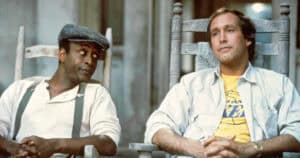
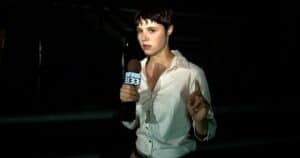
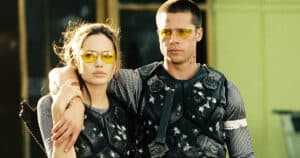
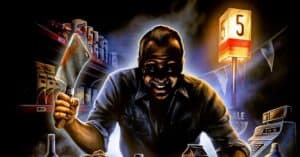
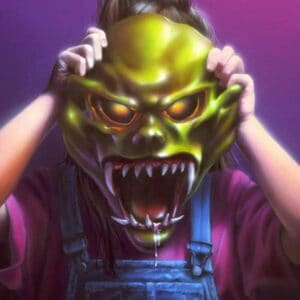
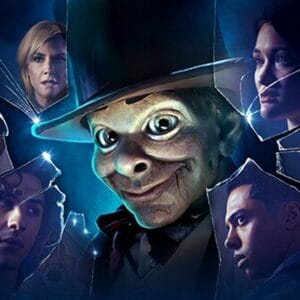
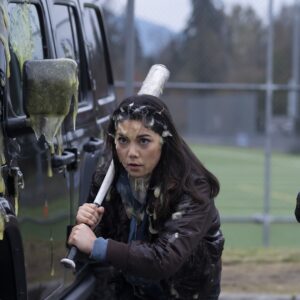
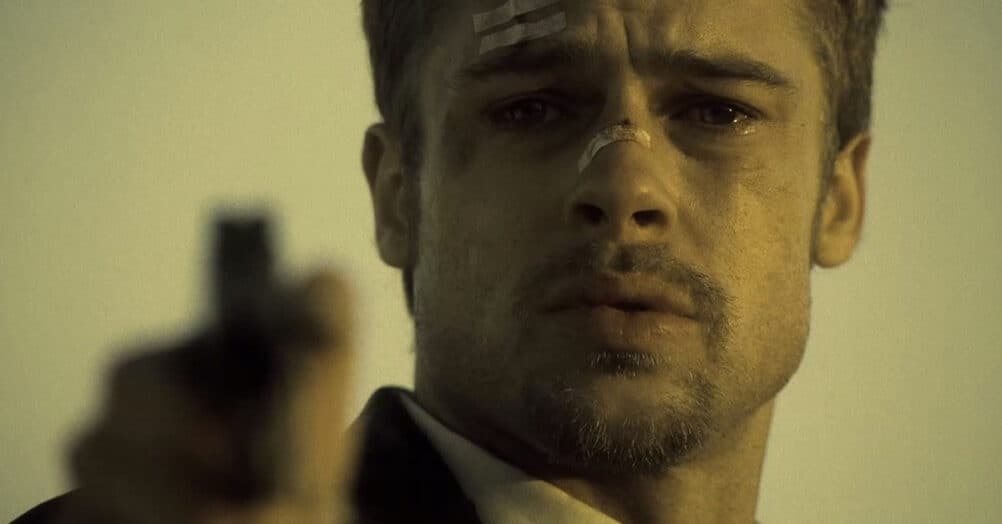

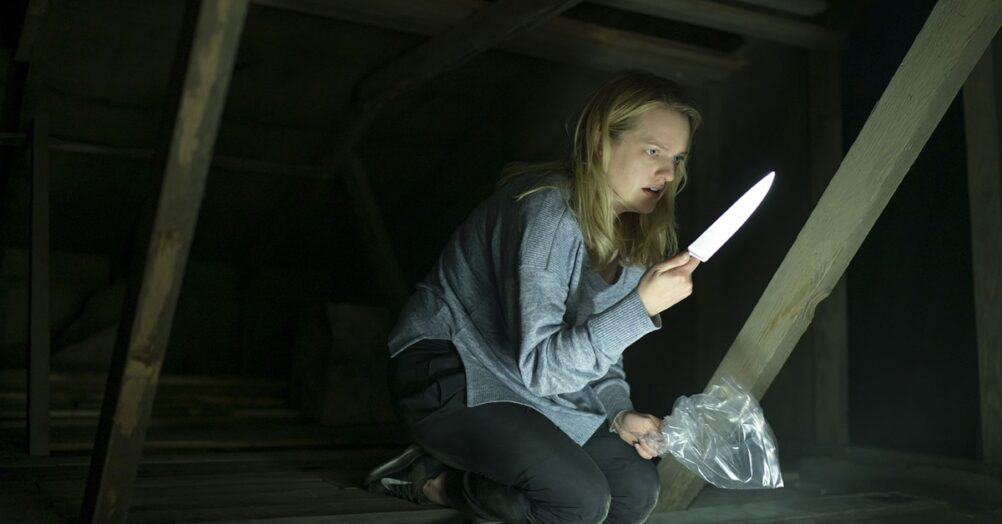

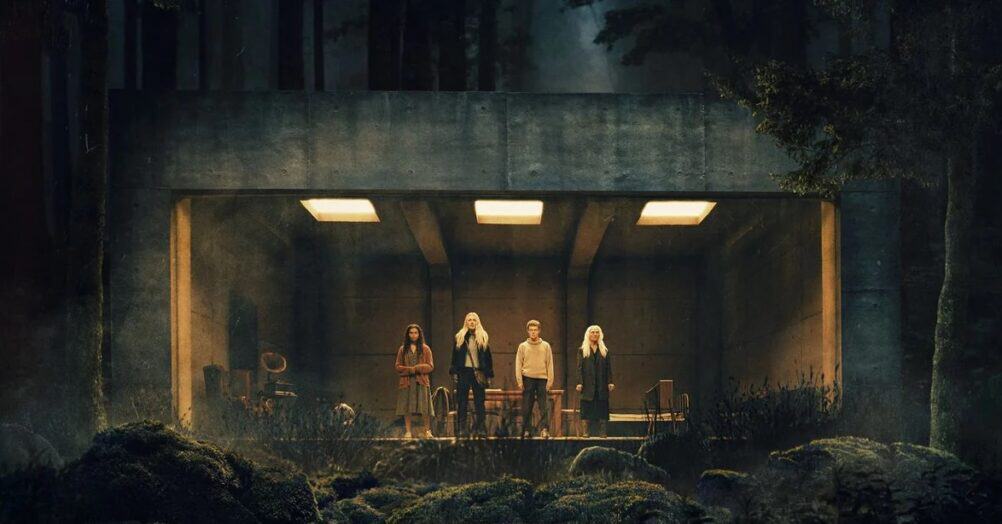
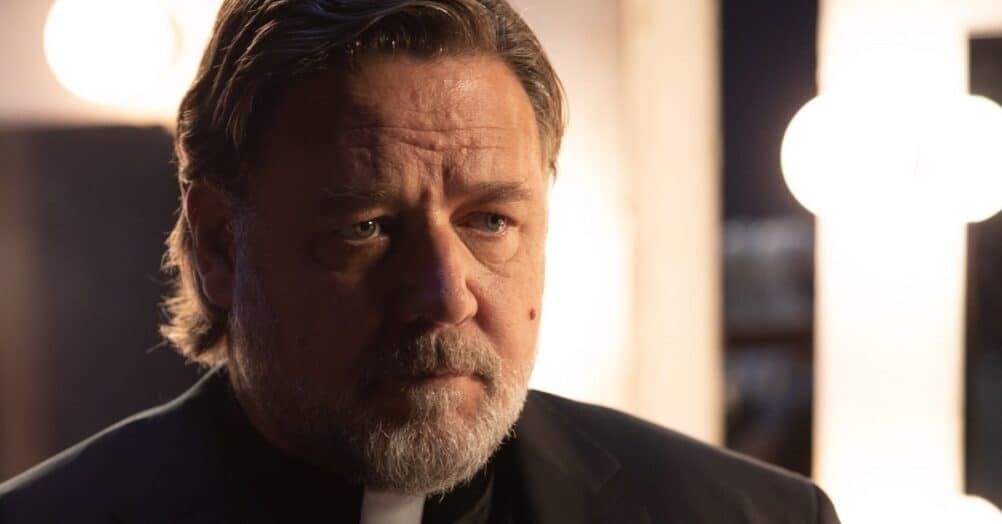

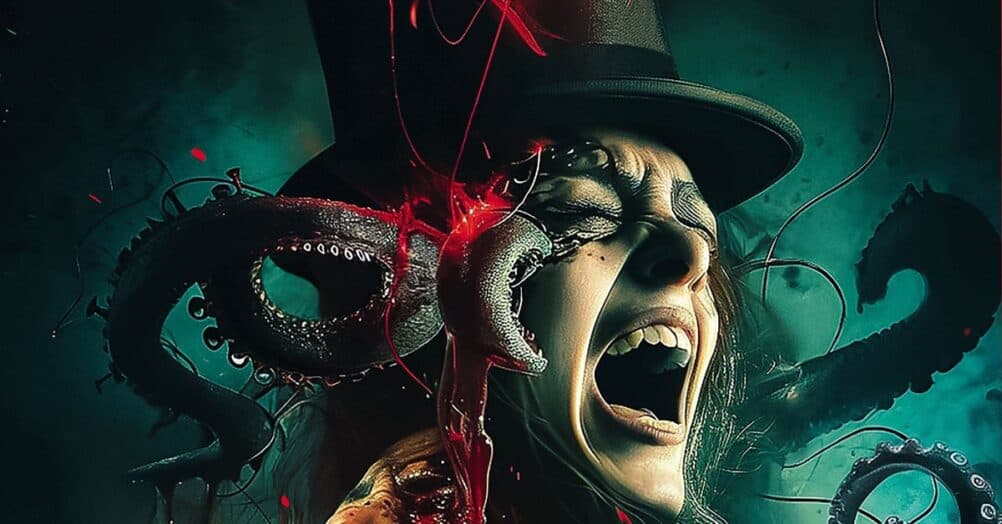
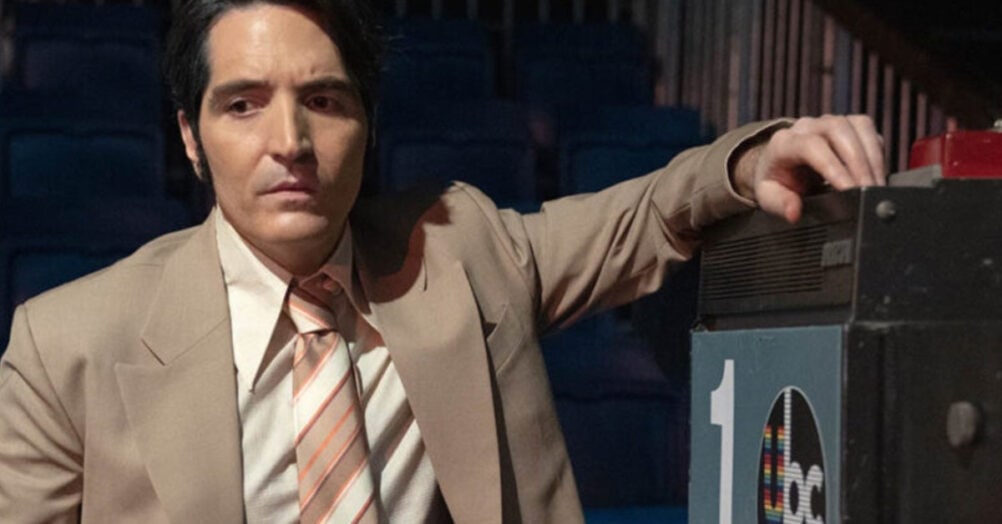
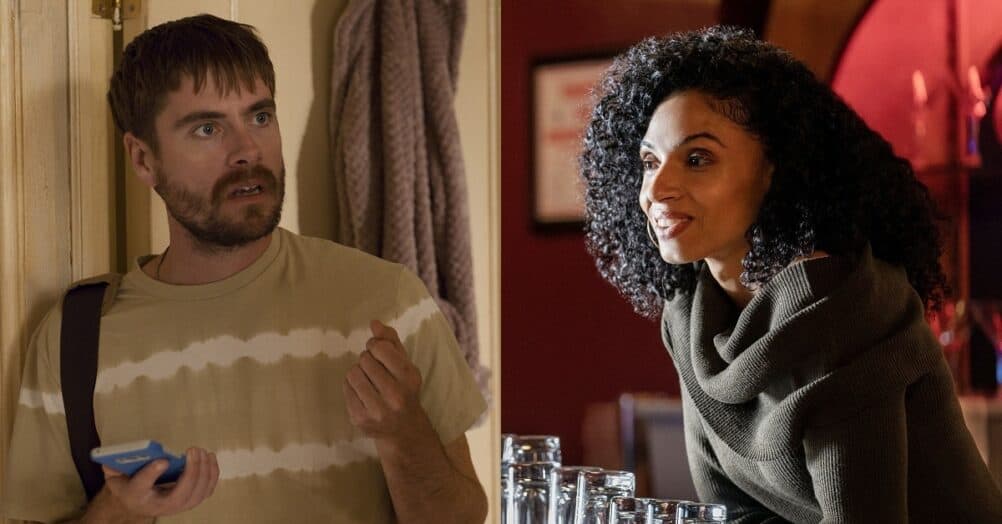
Follow the JOBLO MOVIE NETWORK
Follow us on YOUTUBE
Follow ARROW IN THE HEAD
Follow AITH on YOUTUBE